Yemen: Famine around the corner, says World Food Programme
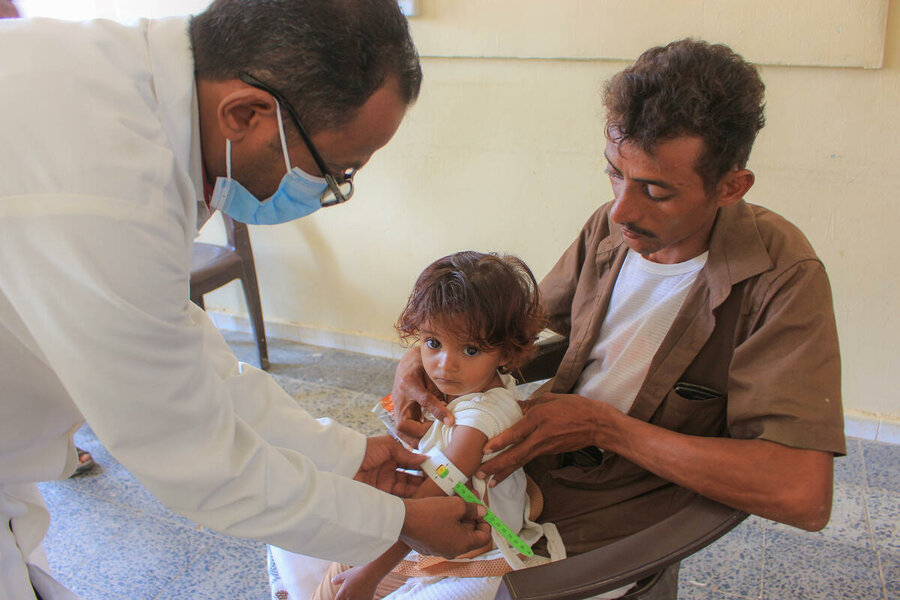
People in Yemen face famine unless the world takes immediate action, the World Food Programme (WFP) will warn today.
Nearly 50,000 people in Yemen are already living in famine-like conditions with 5 million just a step away.
David Beasley, WFP’s Executive Director, will press home the organization’s fears for the country at a high-level fundraising conference, hosted by the UN with the governments of Switzerland and Sweden.
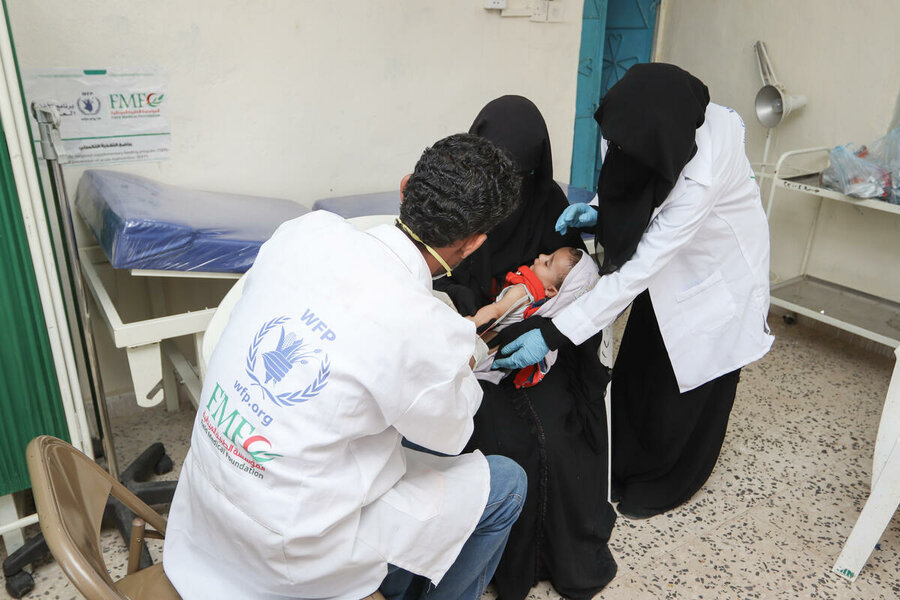
The UN estimates nearly 250,000 people have died during Yemen’s six-year war, including more than 131,000 people from the indirect consequences of conflict, such as lack of food, health services and infrastructure — the situation in the country is worse now than it has been at any point since 2015.
Yemen is WFP’s biggest humanitarian operation, supplying food assistance to nearly 13 million people — almost half the population — while another 3.3 million women and children receive nutrition support.

With the COVID-19 pandemic still in full swing, the international community cannot wait for an official famine classification in Yemen to act.
A famine classification in Yemen may never come because of the heavy burden of evidence required. It would have to be proven that 20 percent of households face an extreme lack of food; 30 percent of children suffer from acute malnutrition; and two people for every 10,000 are dying each day due to outright starvation or the interaction of malnutrition and disease.

Yet in conflict zones — where communications are disrupted, communities are displaced and humanitarian access is restricted — locking down the facts of a fast-deteriorating situation is a huge challenge.
No one doubts that people are already dying and food insecurity will continue to rise without immediate humanitarian support.
WFP is keen to stress to donor governments that Yemen needs peace — only peace can break the corrosive cycle of hunger and conflict that has stalked the country for six years.
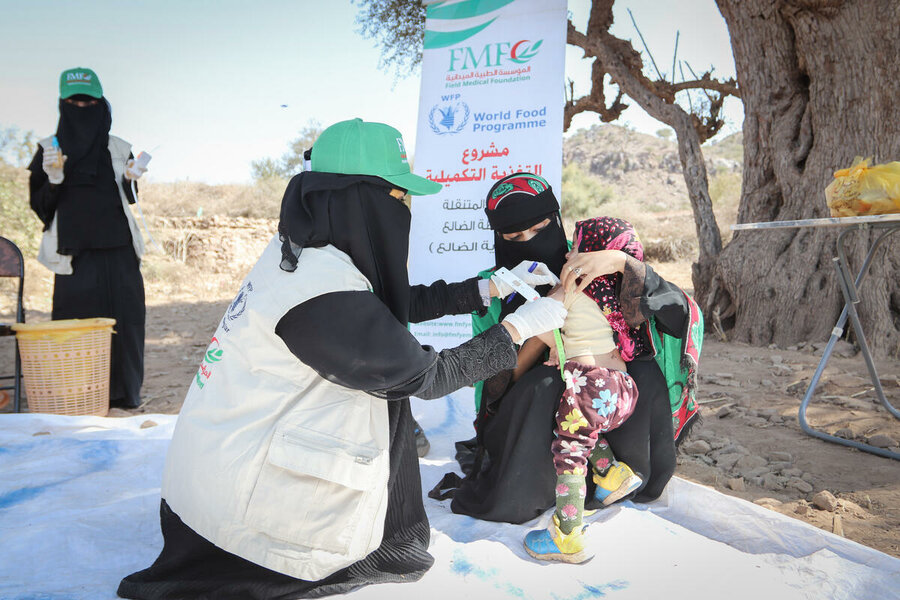
Progress towards peace requires urgent action to protect civilians, provide emergency assistance, secure humanitarian access and support an economy which has shrunk by half since the start of the conflict.
WFP needs at least US$1.9 billion in 2021 to provide the minimum amount of food assistance needed to prevent famine—to maintain operations through to July, it needs an immediate injection of US$482million. Without this, from June, WFP may have to cut nutrition support to 1.1 million children and mothers, while 5 million people may face cuts to emergency food assistance in May.
Right now, around 8 million people receive WFP food assistance on alternate months, instead of monthly. This has been the case since April 2020 because WFP simply did not have sufficient funds. Cuts, in turn, have contributed to rising hunger levels, coming on top of continued conflict, displacement, rising food prices and a declining currency – all of which hit worrying new peaks in 2020.
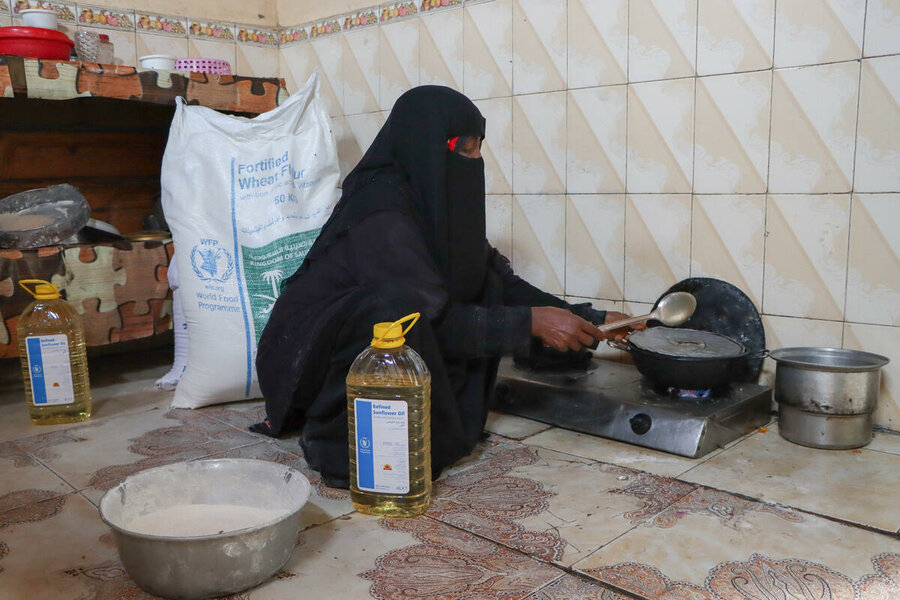
So far in 2021, WFP has received US$150 million from the United States, US$75 million from Germany, nearly US$50 million from the World Bank, and US$40 million from the Kingdom of Saudi Arabia, as well as some smaller contributions from private donors, individuals and the UN pooled funds.
These funds are being used to reach the most food insecure people in areas where death and starvation are already a reality. But this is not enough for reach all the people in need this year.
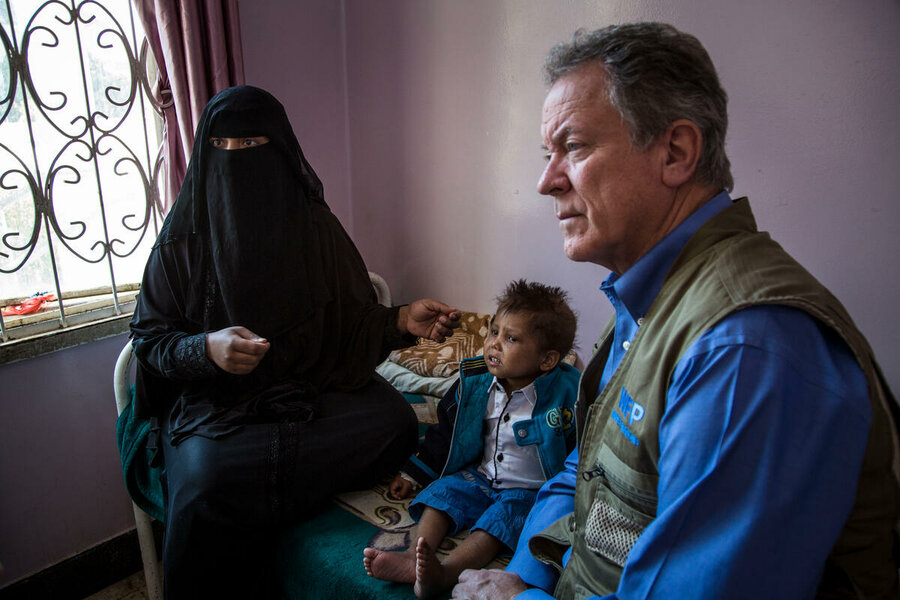
Until 2019, WFP received around 70 percent of funds from three donors — the US, Saudi Arabia and UAE. They increased their contributions each year as conflict pushed more and more families into crisis. This allowed WFP to scale up to support increasing needs, going from supporting around 1 million people in 2015 to nearly 13 million in 2019. This humanitarian scale-up — one of the largest in recent history – prevented a famine in 2019.
In 2020, however, WFP received around half of funds needed. Now it hopes other donors will give at similar levels to previous years.
The pledging conference will also be attended by António Guterres, Secretary-General of the United Nations, while Sir Mark Lowcock, UN Under-Secretary-General for Humanitarian Affairs and Emergency Relief Coordinator, will be moderating.
In January, Beasley warned of an impending catastrophe in Yemen. “We’re struggling now to feed 13 million people,” he said. “And if we’re struggling with 13 million people, and we don’t have the money, and the access and the tools that we need, then what do you think’s going to happen?”



